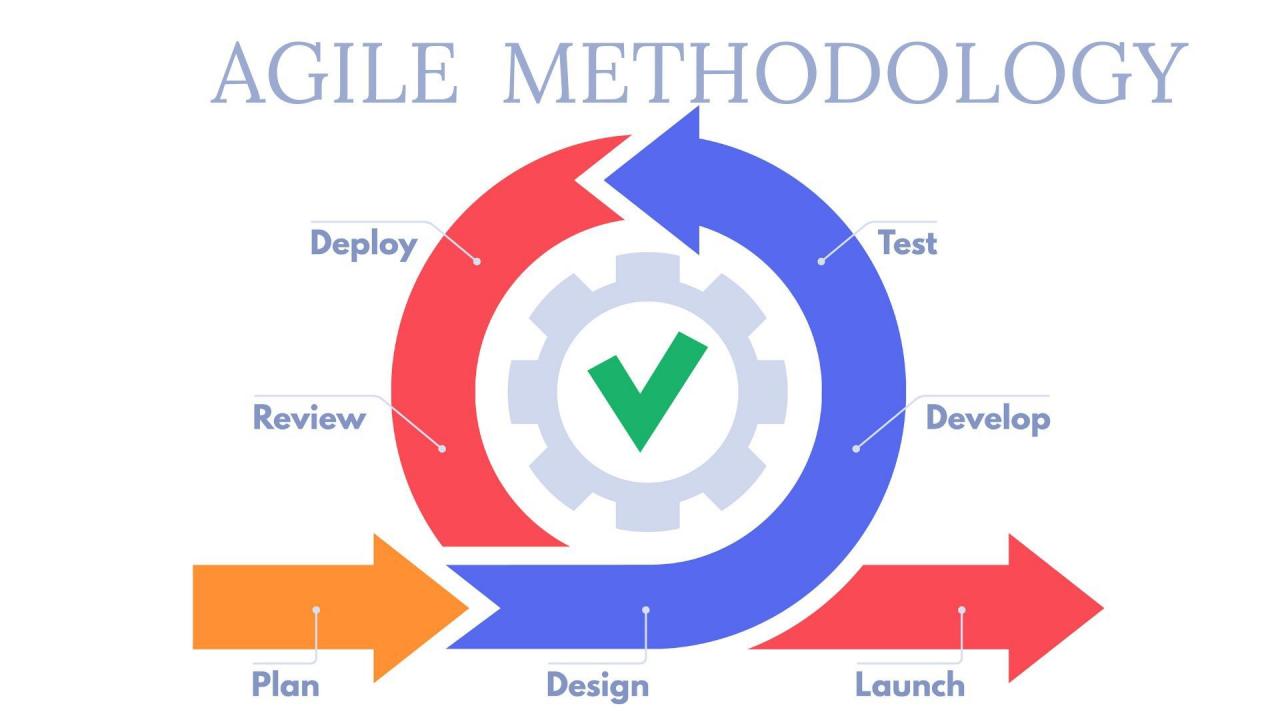A major hospital uses an agile approach to manage – A major hospital has taken a bold step by embracing an agile approach to management, transforming the healthcare landscape with innovative practices. This forward-thinking strategy is a testament to the hospital’s commitment to delivering exceptional patient care, optimizing workflows, and fostering a culture of continuous improvement.
Agile methodologies, renowned for their flexibility and adaptability, have proven to be a game-changer in the hospital setting. By breaking down complex processes into smaller, manageable iterations, the hospital has achieved remarkable results in enhancing patient outcomes, streamlining operations, and empowering its workforce.
Agile Management in Healthcare: A Major Hospital Uses An Agile Approach To Manage
Agile management is a popular approach to project management that has been successfully implemented in various industries, including healthcare. Agile methodologies emphasize flexibility, collaboration, and continuous improvement, making them well-suited for the dynamic and complex environment of a major hospital.
Benefits of Agile Management in Healthcare
- Improved patient care outcomes
- Reduced wait times
- Increased patient satisfaction
- Optimized hospital workflows
- Improved communication and collaboration among healthcare teams
- Reduced waste and increased efficiency
- Fostered innovation and adaptation
- Improved employee engagement
Patient Care Improvements
Agile management has led to significant improvements in patient care outcomes. By focusing on delivering value to patients and iteratively refining processes, hospitals have been able to reduce wait times, increase patient satisfaction, and improve overall quality of care.
Workflow Optimization
Agile has also optimized hospital workflows by promoting collaboration and transparency. Visual tools, such as Kanban boards, help teams track progress and identify bottlenecks. This has led to improved communication, reduced handoffs, and increased efficiency.
Resource Allocation, A major hospital uses an agile approach to manage
Agile has improved resource allocation in hospitals by enabling better decision-making. Data analytics is used to track resource utilization and identify areas for improvement. This has led to reduced waste and increased efficiency in the use of staff, equipment, and supplies.
Conclusion

The hospital’s agile transformation serves as a beacon of innovation in the healthcare industry. By embracing agile principles, the hospital has not only improved its operational efficiency but has also created a dynamic and responsive work environment that fosters collaboration, creativity, and a relentless pursuit of excellence.
As the healthcare landscape continues to evolve, the hospital’s agile approach will undoubtedly remain a driving force in shaping the future of healthcare delivery.
Popular Questions
What are the key benefits of using an agile approach in healthcare?
Agile methodologies promote flexibility, adaptability, and continuous improvement, leading to enhanced patient care, streamlined workflows, and improved resource utilization.
How has agile management improved patient care outcomes?
Agile methods have reduced wait times, increased patient satisfaction, and facilitated the adoption of technology to enhance the patient experience.
What is the role of visual tools and metrics in agile healthcare management?
Visual tools and metrics provide real-time visibility into progress, allowing teams to identify areas for improvement and make data-driven decisions.